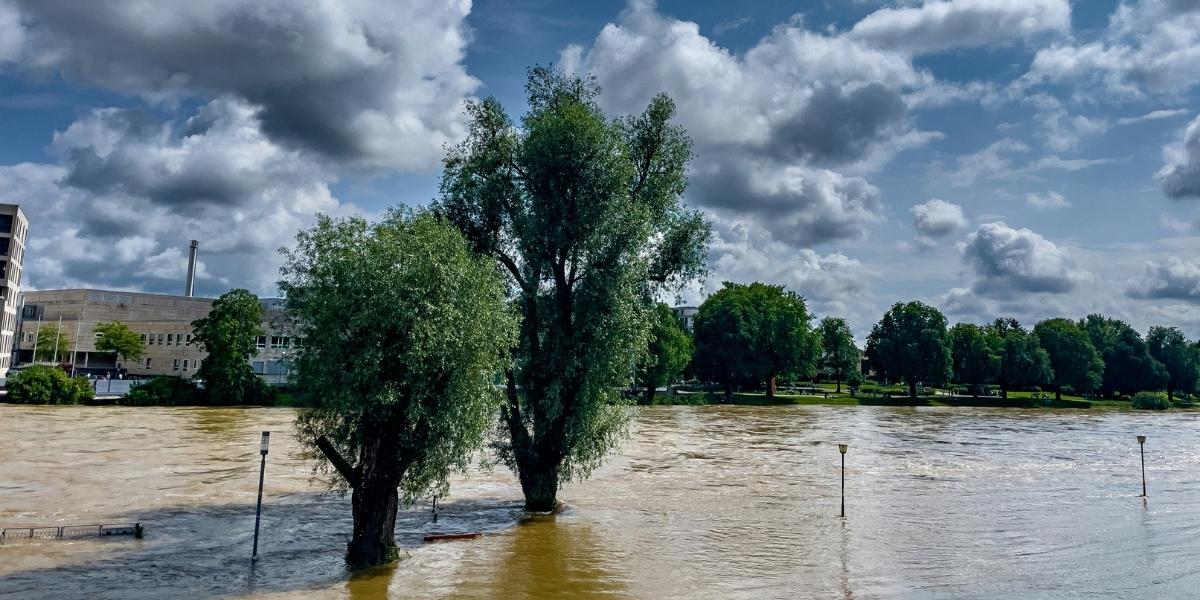Planning a trip can feel like piecing together a complex puzzle. The goal is to create an experience that is both enjoyable and practical, making the most of every moment without feeling rushed or overwhelmed. A well-constructed travel itinerary is more than just a list of places; it is a thoughtful framework that balances sightseeing with relaxation, ensuring a memorable and efficient journey. It involves understanding personal travel preferences, researching destinations thoroughly, and making smart logistical choices. Taking the time to build a balanced and efficient travel itinerary transforms a potential source of stress into an exciting roadmap for adventure.
Read Also: A Journey Through Latin America: Discovering Its Rich Culture and History
Where Should You Begin When Planning a Trip?
The initial steps in planning a trip involve broad strokes and personal reflection. Before looking at specific attractions, it helps to consider the purpose of the trip. Is it a relaxing beach holiday, an adventurous hiking expedition, a cultural immersion in a historical city, or a mix of experiences? Understanding the primary goal guides all subsequent decisions. Next, determine the travel budget. This crucial factor influences everything from accommodation choices to transportation methods and dining experiences. Setting a realistic budget early on prevents overspending and helps prioritize expenses.
Another important consideration is the duration of the trip. A weekend getaway requires a different approach than a two-week international adventure. Identifying who will be traveling is also key; a solo trip, a romantic escape, or a family vacation with young children each demand unique considerations for activities and pace. Finally, consider the time of year. Seasons can dramatically affect weather, crowd levels, and the availability of certain attractions or activities. For example, visiting a popular European city in peak summer might mean battling large crowds and higher prices, while a shoulder season visit could offer a more pleasant experience. Starting with these fundamental questions helps lay a solid foundation for the entire planning process, ensuring that the itinerary aligns with personal desires and practical realities.
How Can Research Help Shape Your Itinerary?

Photo Credit: Unsplash.com
Thorough research is the backbone of an efficient travel itinerary. Once a destination is chosen, begin by exploring its main attractions, local customs, and transportation options. Websites, travel blogs, guidebooks, and online mapping tools are valuable resources for gathering information. Instead of just listing famous landmarks, try to understand the practicalities of visiting each place. What are the opening hours? Are reservations required? How much time does one typically need to experience it fully? This level of detail helps in realistic time allocation.
Looking into local events or festivals happening during the planned travel dates can also add unique experiences to the itinerary. Investigating local cuisine and dining spots ensures delightful culinary adventures. Understanding the local public transport system, or researching car rental options, helps to determine the most efficient ways to move between locations. Pay attention to geographical clustering; grouping attractions that are close to each other minimizes travel time and maximizes sightseeing. For example, if visiting a city with distinct neighborhoods, allocate specific days or half-days to explore each one comprehensively. Research also extends to understanding visa requirements, local currency, and any necessary health precautions. Gathering this detailed information allows for a practical and enjoyable itinerary, avoiding unexpected hurdles and making the most of every day.
What Strategies Ensure a Balanced Travel Pace?
A common mistake in travel planning is over-scheduling, trying to cram too many activities into a single day. This often leads to exhaustion and less enjoyment. A balanced travel itinerary prioritizes quality over quantity, allowing for both exploration and genuine relaxation. One effective strategy is to designate “anchor activities” for each day or a few major highlights, then fill in the gaps with more flexible options. For instance, if a museum visit is planned for the morning, perhaps an informal stroll through a nearby park or a leisurely coffee break can follow, rather than rushing to another major attraction.
Building in downtime is crucial. This could mean scheduling a free afternoon for spontaneous exploration, a lazy morning to sleep in, or simply allocating extra time for meals and breaks. Avoid scheduling back-to-back appointments or attractions that are far apart. Grouping activities by location significantly reduces travel time between them. Also, consider the energy levels required for different activities. A day with intense walking might be best followed by a more relaxed day of bus tours or cafe hopping. Flexibility is key; even the most meticulously planned itinerary should allow for unexpected discoveries or changes in mood. Sometimes, the best travel memories come from unplanned detours or simply soaking in the atmosphere of a place. A balanced pace ensures travelers return home feeling refreshed, not fatigued, with genuine memories of their experiences.
How Can Logistics Improve Itinerary Efficiency?
Efficient logistics are the silent heroes of a smooth travel itinerary. Paying attention to how one moves between places can save considerable time and reduce stress. Booking flights and accommodation well in advance, especially during peak seasons, often secures better prices and ensures availability. When choosing accommodation, consider its proximity to desired attractions or public transport hubs. A central location can minimize daily commuting time.

Photo Credit: Unsplash.com
For intra-city travel, research the best modes of transport. Is it more efficient to use a subway, buses, taxis, or rideshares? Purchasing multi-day transport passes can sometimes offer both convenience and cost savings. If renting a car, account for potential traffic, parking availability, and navigation. When traveling between cities or countries, pre-booking trains or domestic flights can save time and reduce last-minute anxieties. Building buffer time into transit periods is always wise. A delayed flight or an unexpected traffic jam can quickly throw off a tight schedule, but a bit of extra time allows for flexibility. Packing wisely also contributes to efficiency; lighter luggage means easier movement and less time spent waiting. Considering arrival and departure times is also important; planning for an early arrival can allow for immediate exploration, while a late departure can accommodate a final activity before heading to the airport. Streamlining these logistical aspects allows travelers to focus more on enjoying the destination and less on the mechanics of getting around.
What Tools and Tips Help Create the Best Itinerary?
Leveraging available tools can significantly simplify the itinerary planning process. Digital mapping services allow travelers to visualize distances between attractions and estimate travel times. Many apps offer features to save locations and create custom routes. Spreadsheet programs or dedicated travel planning apps can help organize bookings, daily schedules, and budgets in one place. These tools provide a clear overview and allow for easy adjustments.
Read Also: Discover the Wonders of Petra, Pompeii, and Chichen Itza
Creating a “master list” of all desired activities and then prioritizing them helps in making tough choices when time is limited. Categorizing activities by type (e.g., museums, outdoor, food, relaxation) can also help ensure a good mix. Always include essential contact information for emergencies, accommodation, and transportation providers in an easily accessible format. Sharing the itinerary with fellow travelers or a trusted contact at home can also be a good practice for safety and coordination. Finally, remain open to flexibility. Even the best-laid plans can change, and sometimes the most memorable experiences come from unexpected detours or recommendations from locals. The goal is to have a framework, not a rigid prison. Approaching itinerary planning with a blend of thorough preparation and an open mind helps ensure a truly balanced, efficient, and enjoyable travel experience.







